Shinrin-Yoku: The Japanese Art Of Forest Bathing
Our Top 5 Tokyo Area Forests To Discover The Healing Power Of Nature
If we've learned anything from watching Studio Ghibli films, it's that forests are enchanting, peaceful places full of magic and natural wonder... But did you know that spending time in forests can have an immensely positive effect on both your psychological and physical health?
Shinrin-yoku (森林浴)—which literally translates to “forest bath”—is the Japanese practice of “bathing” oneself in nature with the intention of receiving therapeutic benefits. Beginning in Japan in the 1980s (the word itself was coined by the Japanese Ministry of Agriculture, Forestry and Fisheries in 1982), the practice of shinrin-yoku has since spread widely across the planet—there is now a wide range of guided tours operating within Japan and all over the world that teach the benefits of forest therapy.

The actual practice of shinrin-yoku is very simple: take a few hours out of your busy life, head to a densely forested area, and let the trees do the rest:
Take a walk. Perhaps sit for a little while next to an idyllic, babbling stream. Turn your phone off for a few minutes and sit mindfully in a place undisturbed by tooting horns or busy crowds.
Research conducted across 24 different forests in Japan shows that spending time in forest environments can reduce concentrations of cortisol, lower pulse rate, lower blood pressure, increase parasympathetic nerve activity, and lower sympathetic nerve energy.
Simply put: spending time in nature can be good for your physiological and psychological well being compared to spending time in city environments. While the outcomes of shinrin-yoku studies have been, at times, a little inconsistent, there’s nothing wrong with taking a few hours out to get back to nature.
View this post on Instagram
5 places to try Shinrin-Yoku near Tokyo
Tokyo, the world’s most populous metropolitan area, is not necessarily known for its abundance of pristine, untouched forestry. While you won’t find a Ghibli–style natural wonderland nestled discretely between Shinjuku and Shibuya, there are at least a few places in and around the city that can help you get back to nature. Here are a few of the smaller havens within the city limits, plus a few lovely locations further out, that can help you escape the hustle and bustle and find a moment of peace to practice shinrin-yoku.
1. Sayama Hills—also known as Totoro Forest
Affectionately called the “Totoro Forest,” Sayama Hills is about a fifty-minute train ride from Ikebukuro. Seibukyujo-mae, the closest station, is a small trek from the trees that are said to have inspired Hayao Miyazaki himself: after all, this forest is the setting for My Neighbor Totoro.
Next to the forest is the artificial but beautiful Sayama Lake. From the banks, Mt. Fuji can be seen on a clear day. Ghibli fans, be sure to check this one out!
Where: Tokorozawa, Saitama
Closest station: Seibu-Kyujo-mae
2. Hinohara Tokyo Citizens’ Forest
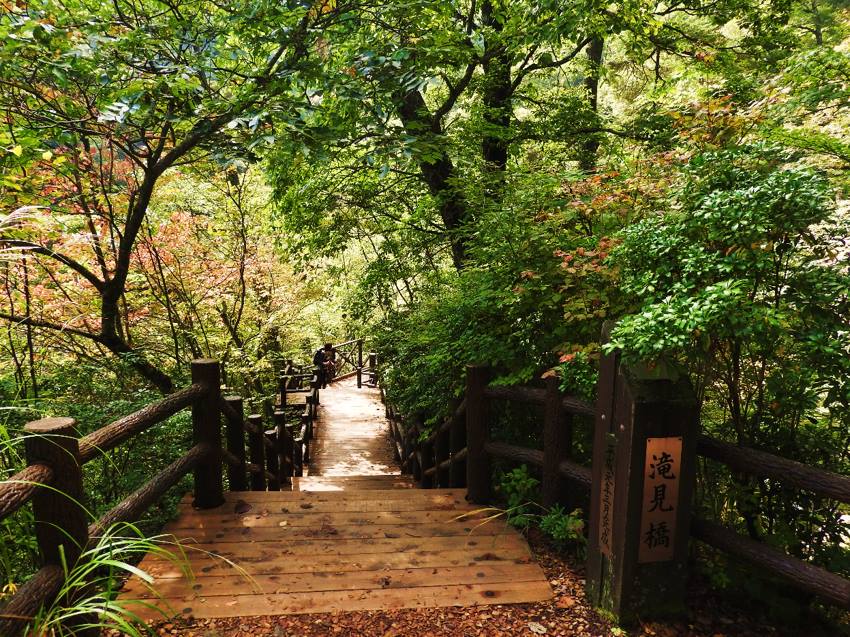
One hour and 45 minutes west by car from central Tokyo (much, much longer by train) is Hinohara Tokyo Citizens’ Forest–Hinohara Tomin no Mori. While Nishitama is a bit out of the way, it’s technically still located in Tokyo and well worth the trip if you’re able to go.
Located on the side of Mt. Mito, the forest is known for its lush greenery, stunning beauty, and pristine waterfalls. There’s a route up the mountain known as “Therapy Road” (also labeled the “Waterfall Route Course”) which has been approved by the Forest Therapy Society as one of the ideal locations to go with the intention of reducing stress and lowering blood pressure.
Where: 7146 Hinohara, Nishitama, Tokyo
3. Mount Takao
View this post on Instagram
A popular hiking spot for tourists, Mount Takao is only an hour out of central Tokyo. Though rather busy on weekends, the mountain is covered in dense forestry and makes for a wonderful place to get back to nature.
While Trail #1 is the most popular with a comfortable and paved walking track, we recommend taking Trail #6 for its winding, less-beaten path that will walk you right past the lovely Biwa Falls. Mount Takao is especially popular—and beautiful—during the autumn and cherry blossom seasons so, to get a bit of peace and quiet, try climbing the mountain early or on weekdays!
Where: Hachioji, Tokyo
Closest station: Takaosanguchi
4. Institute for Nature Study
View this post on Instagram
Operated by the National Museum of Nature and Science, the Institute for Nature Study is located right in the middle of the busy city, just a five-minute walk from Meguro Station. The reserve has been an Imperial estate since 1917 and is dedicated to preserving the natural flora of Tokyo.
For only ¥310, visitors can wander this lush sanctuary and truly lose themselves in the otherworldly preservation of this space which, by design, aims to bring people in touch with nature. This a fantastic place to take some time out and practice shinrin-yoku without leaving the city.
Where: 5-21-5, Shirokanedai, Minato-ku, Tokyo
Closest Stations: Shirokanedai, Meguro
5. Arisugawa-no-miya Memorial Park
View this post on Instagram
Though Tokyo contains many botanical gardens, few are as perfect for shinrin-yoku as Arisugawa-no-miya Memorial Park. Home to both densely forested sections and two waterfalls that babble idyllically to any brook outside the city limits, this park is fantastic for those looking for an opportunity to immerse themselves in nature without having to stray too far from home. Conveniently, the park is just a five-minute walk from Hiroo Station.
Arisugawa-no-miya Memorial Park is a wonderful place to get back to nature, take some time to yourself and enjoy a moment of tranquility in the heart of the busy city.
Where: 5-7-29 Minamiazabu, Minato-ku, Tokyo
Closest station: Hiroo
This article was originally published in 2018 and edited on July 9, 2020, with the latest information.












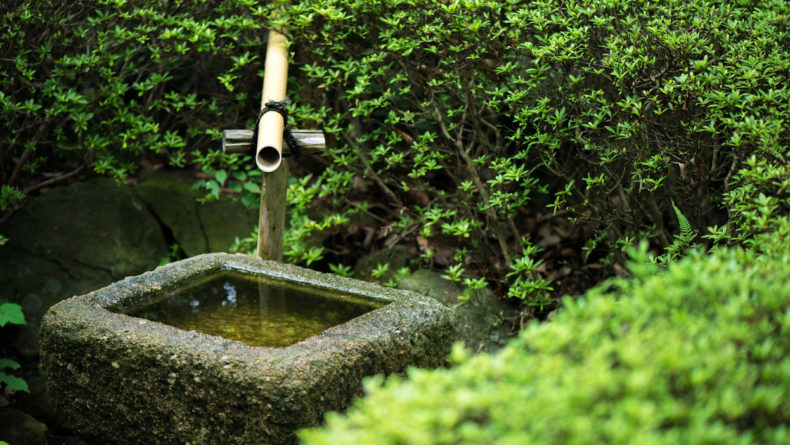
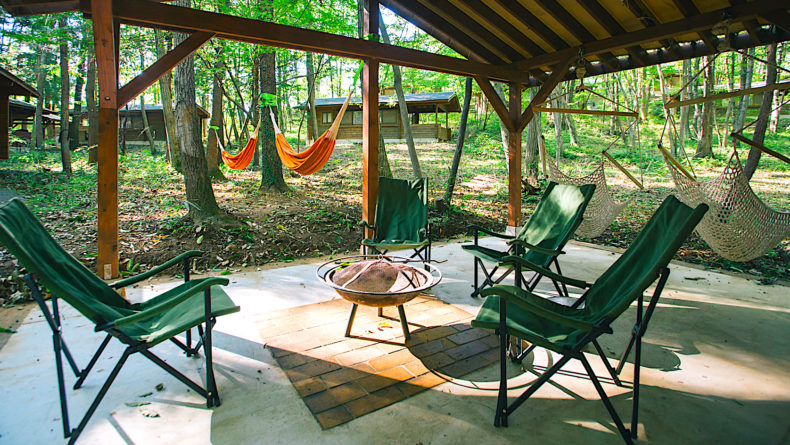
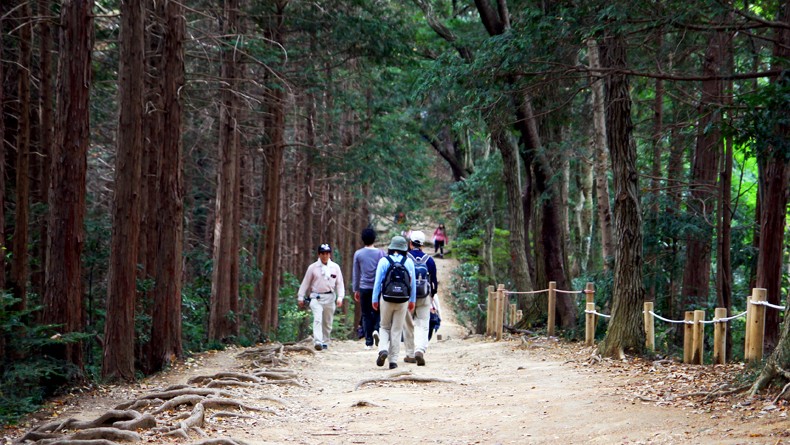
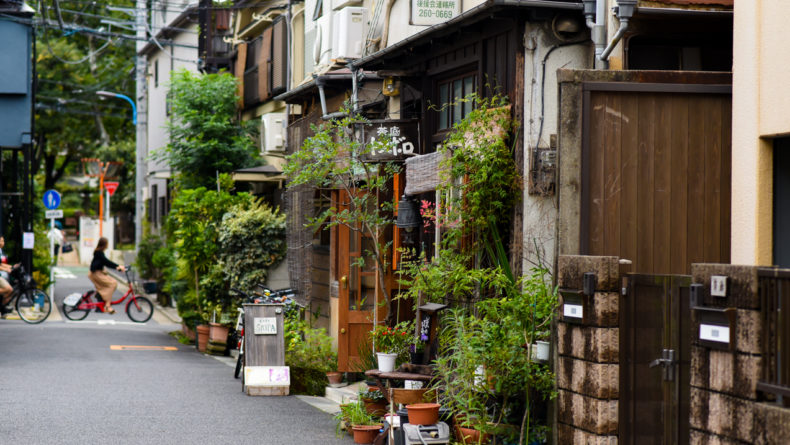
Leave a Reply